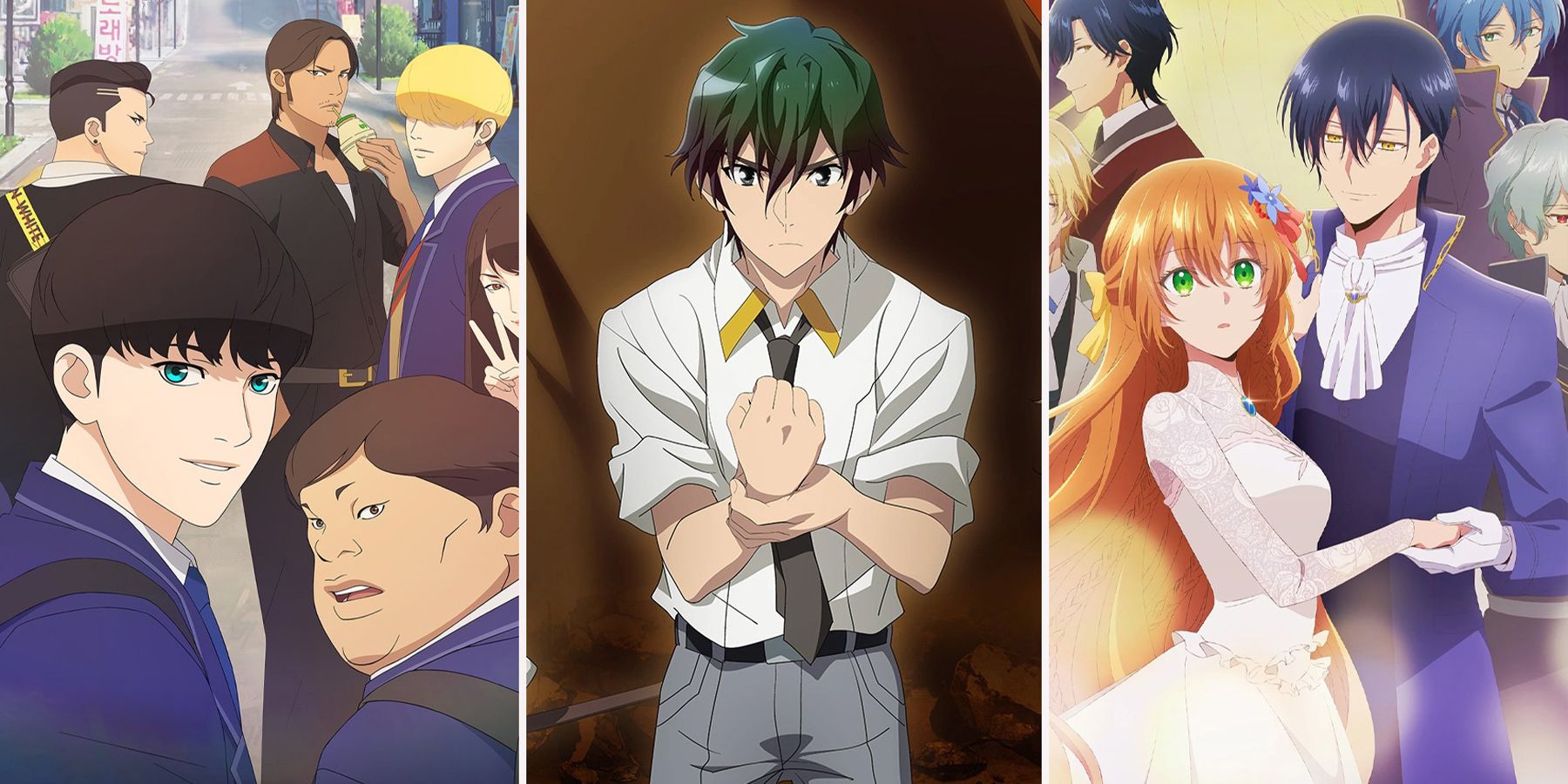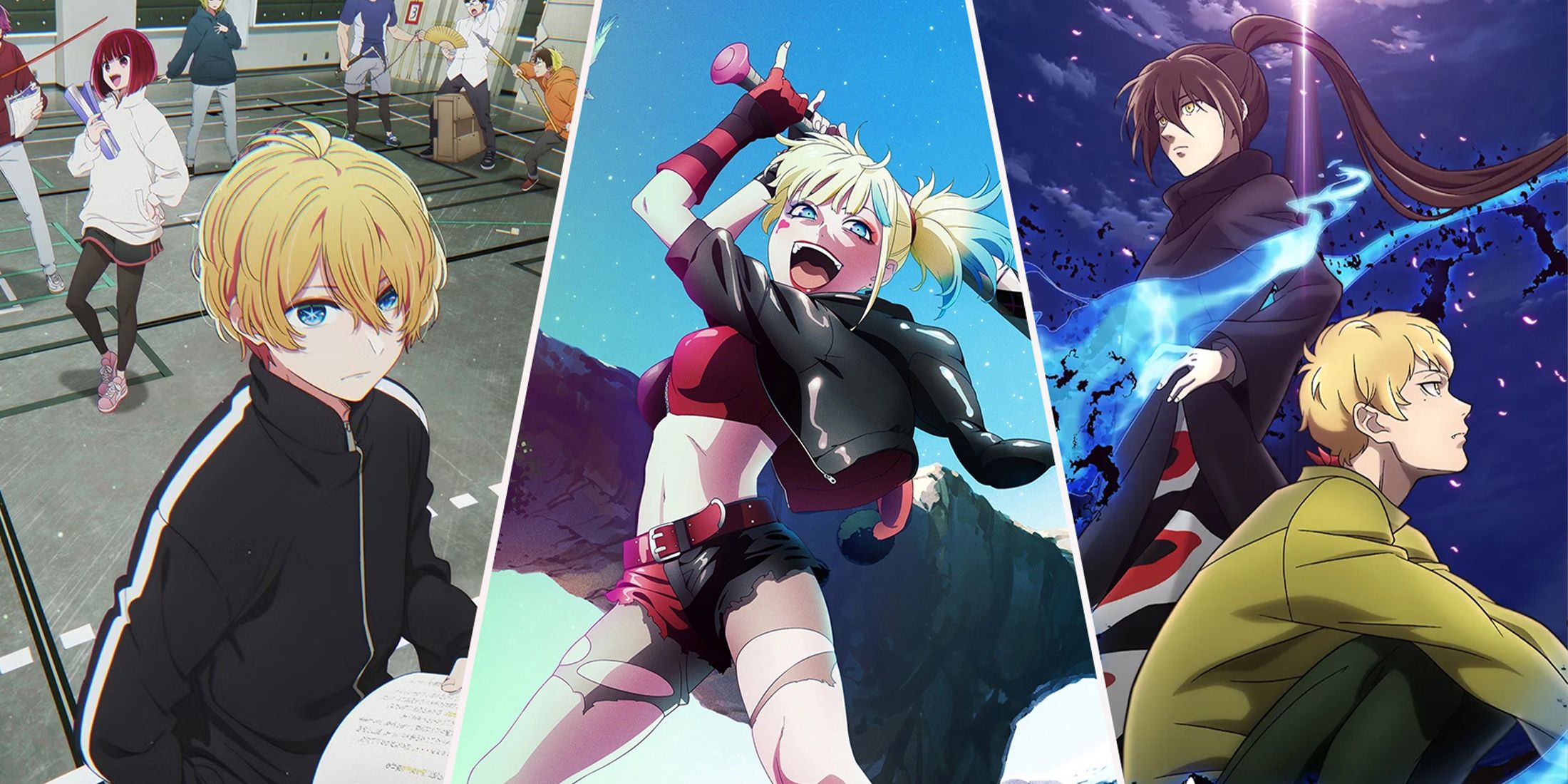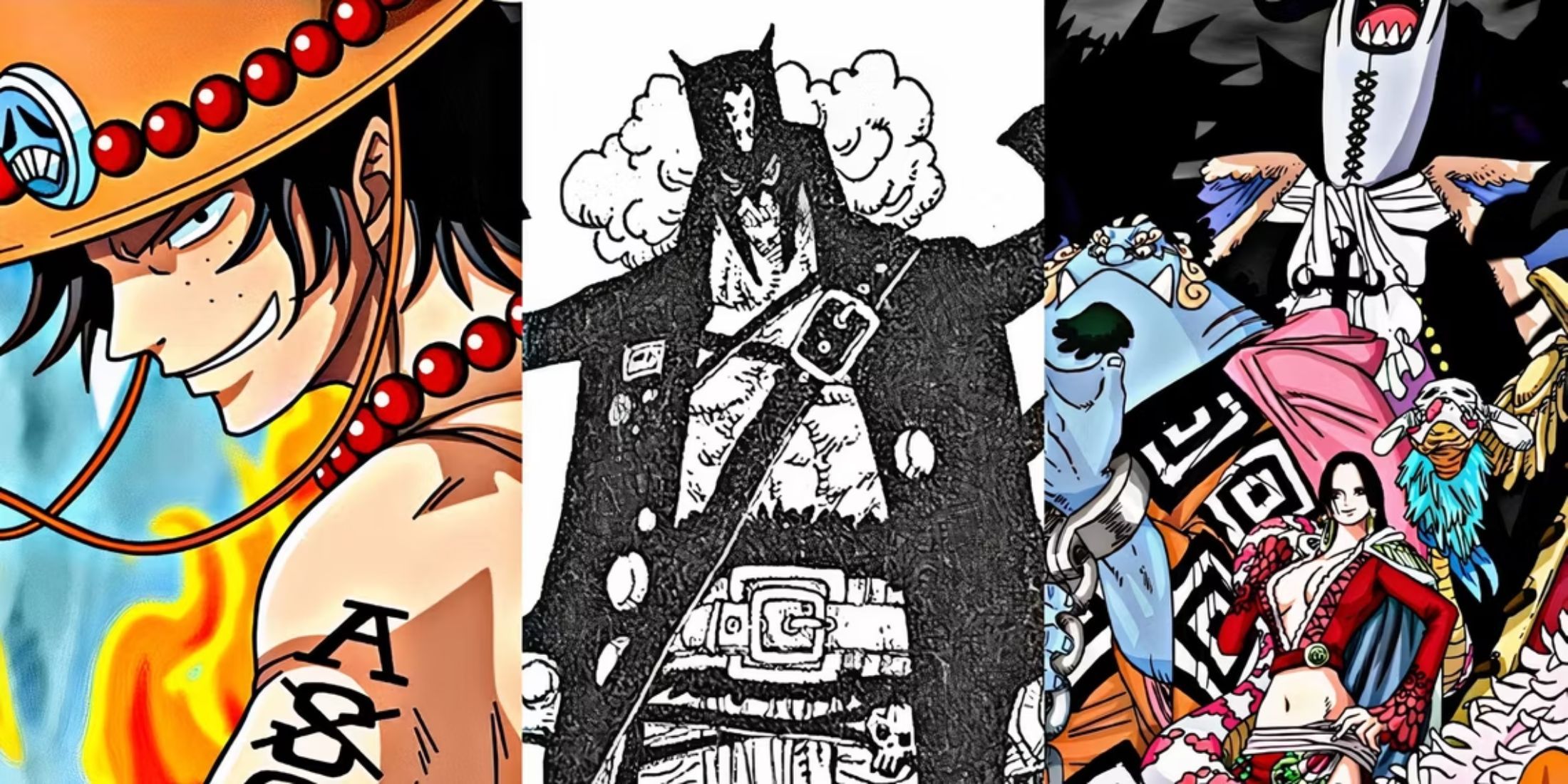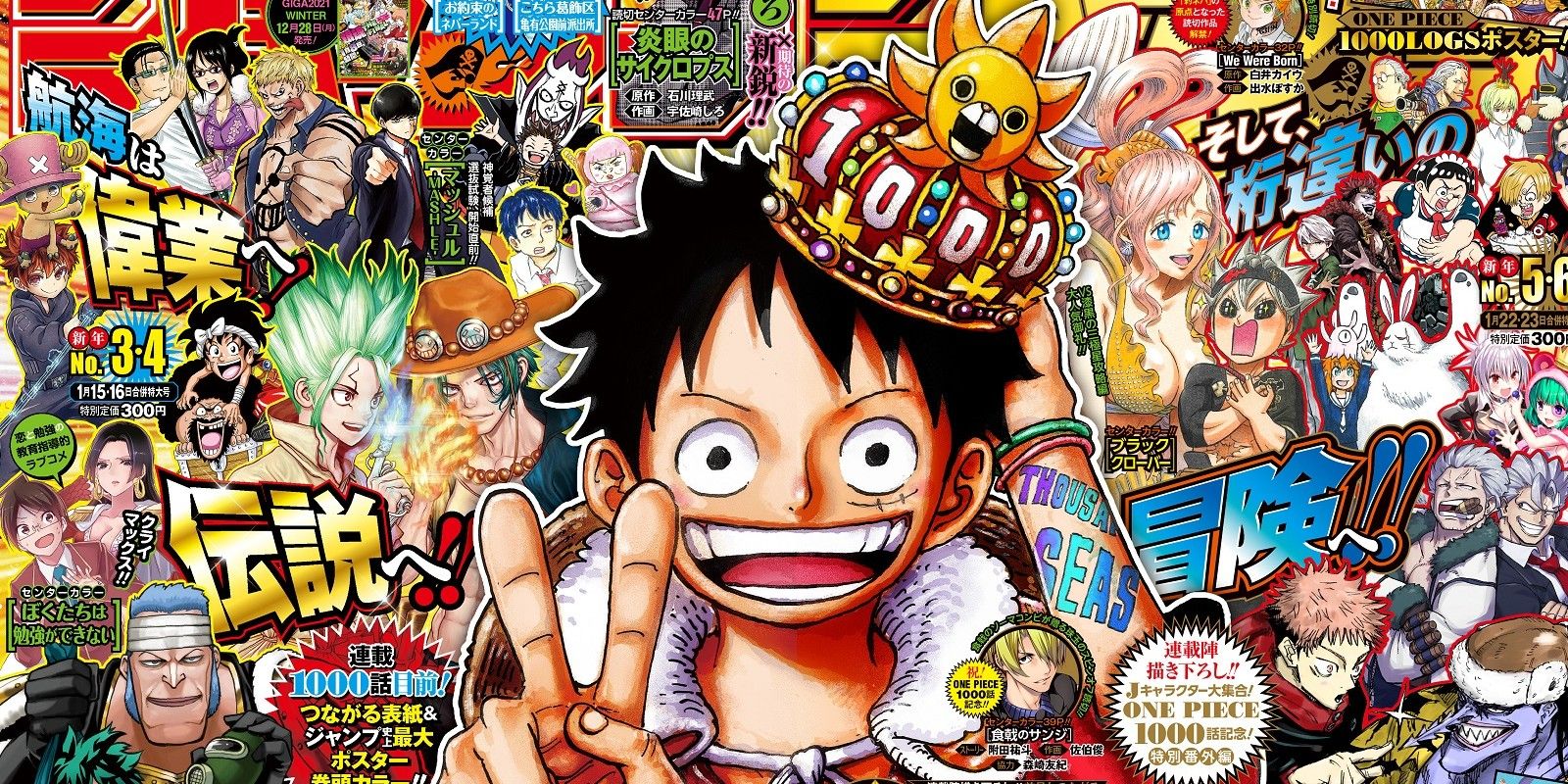The Shōnen demographic is a core part of the anime industry and is probably the biggest. The genre owes its growth to Shueisha’s Weekly Shōnen Jump, which rose quickly in the late 1900s and became Japan's leading manga-related magazine. Shōnen Jump is the brain behind most mega-hit Shōnen titles, like One Piece, Dragon Ball, Jujutsu Kaisen, Naruto & more.
However, to the shock of most anime fans, Attack on Titan, a successful manga-anime series, has a fickle history with Shōnen Jump. Furthermore, many Attack on Titan fans debate whether series should be considered a "Shōnen" anime following its demographic. Taking a closer look at Attack on Titan’s leading themes in comparison to the Shōnen genre's dominant themes would allow one to notice certain controversies. Following these controversial developments, can Attack on Titan really be referred to as a Shōnen anime?
Attack on Titan – Not A Shonen Jump Publication
Shueisha's Weekly Shōnen Jump is the leading manga magazine in Japan, so it comes as a shocker when fans find out that Attack on Titan, despite being a "Shōnen" anime, is not associated with the franchise. There is no open reason for Isayama's Attack on Titan not being a part of the epic Shōnen Jump. However, most fans theorize that the story's violent themes didn't resonate well with the Shōnen standard. On a closer look, this theory rings true as Attack on Titan can rightly be placed in the horror category with its Titan-shifter characters and gory moments – a theme not common amongst most Shōnen titles.
Attack on Titan is published on Bessatsu Shōnen Magazine, a popular publication that promoted titles like Silent Voice, Orient & more. Another theory regarding Attack on Titan not being a part of Shōnen Jump's publications is the alleged Isayama quote, which stated that Shōnen Jump's weekly serialization wouldn't have been easy for him to work with. This hints at something bigger in the background that most fans are not aware of. For instance, it could mean that Isayama's Attack on Titan would have been difficult to create regarding Shōnen Jump’s standards. Consequently, the reason for Attack on Titan not being serialized on Shōnen Jump largely revolves around the series' anti-Shōnen themes. Following this logic, what are Attack on Titan’s themes, and why are they so different from the standard set by most Shōnen anime?
Attack On Titan Contradicts Most Shonen Themes
Attack on Titan is set in a world where giant humanoids referred to as “Titans” exist and are a terror to humans and society in general. Even the story’s major titan theme morphs into something unexpected with every new season that unfurls a different twist. Attack on Titan is an incredible thriller story with violent themes to complement the title's vibrant storyline. Eren Jaeger, the protagonist, plays a huge role in the story's development as he changes from a kind-hearted young man to a diabolical antihero, now considered a terror in the world of Attack on Titan.
Attack on Titan rises above most of the dominant Shōnen tropes in different ways. First and foremost is the comical feel of the show. Classic Shōnen shows like One Piece, Naruto & Dragon Ball feature comedy-oriented themes, which give the shows a light-hearted feel after heart-racing battle moments. On the contrary, Attack on Titan possesses no such theme. The story is lined with horrific themes, and it lacks comedic substance for it to be grouped among the Shōnen genre. Although the series does have some light-hearted moments pioneered by characters like Sasha Brown & Connie, almost every Attack on Titan scene presents developments that resonate with the Seinen genre.
From a Shōnen-inspired perspective, looking at Attack on Titan’s protagonist, one would discover the gaping difference between Eren Jaeger and the typical Shōnen protagonists. Most Shōnen protagonists are usually simple-minded, possessing one clear goal or a set of goals, which is linked to their title’s dominant theme. In the first season of Attack on Titan, Eren closely mirrored the default Shōnen protagonist standard with his naïve ideals and his overzealousness. Still, he subtly displayed the qualities embodied by most Seinen protagonists, who are mostly fueled by revenge or driven by dark causes. Eren later evolved his personality, becoming a calculating protagonist driven by a dark ambition – to end all life in his world, excluding the Eldians. It's very rare to see evil/antihero protagonists in the Shōnen world since the genre is geared towards the younger generation to promote healthy thinking. Regardless, Attack on Titan doesn’t capture the Shōnen narrative in the protagonist aspect.
Finally, one of the core themes Attack on Titan drives is unbridled violence. It is not uncommon to find Shōnen anime with intense battle scenes; however, the violence they depict is nowhere like that of Attack on Titan, which depicts Seinen-level battle gore. From slashing the necks of Titans to Titans consuming human flesh, Attack on Titan promotes darker themes – different from the Shōnen standards. Attack on Titan is a masterpiece in its own rights and by anime standards; however, the show’s demographic is one thing that needs to be given proper attention. Attack on Titan defies what the Shōnen genre offers and is better grouped as a Seinen anime – a demographic that houses titles that mirror the Titan-based show.




-7.jpg)

-(1).jpg)